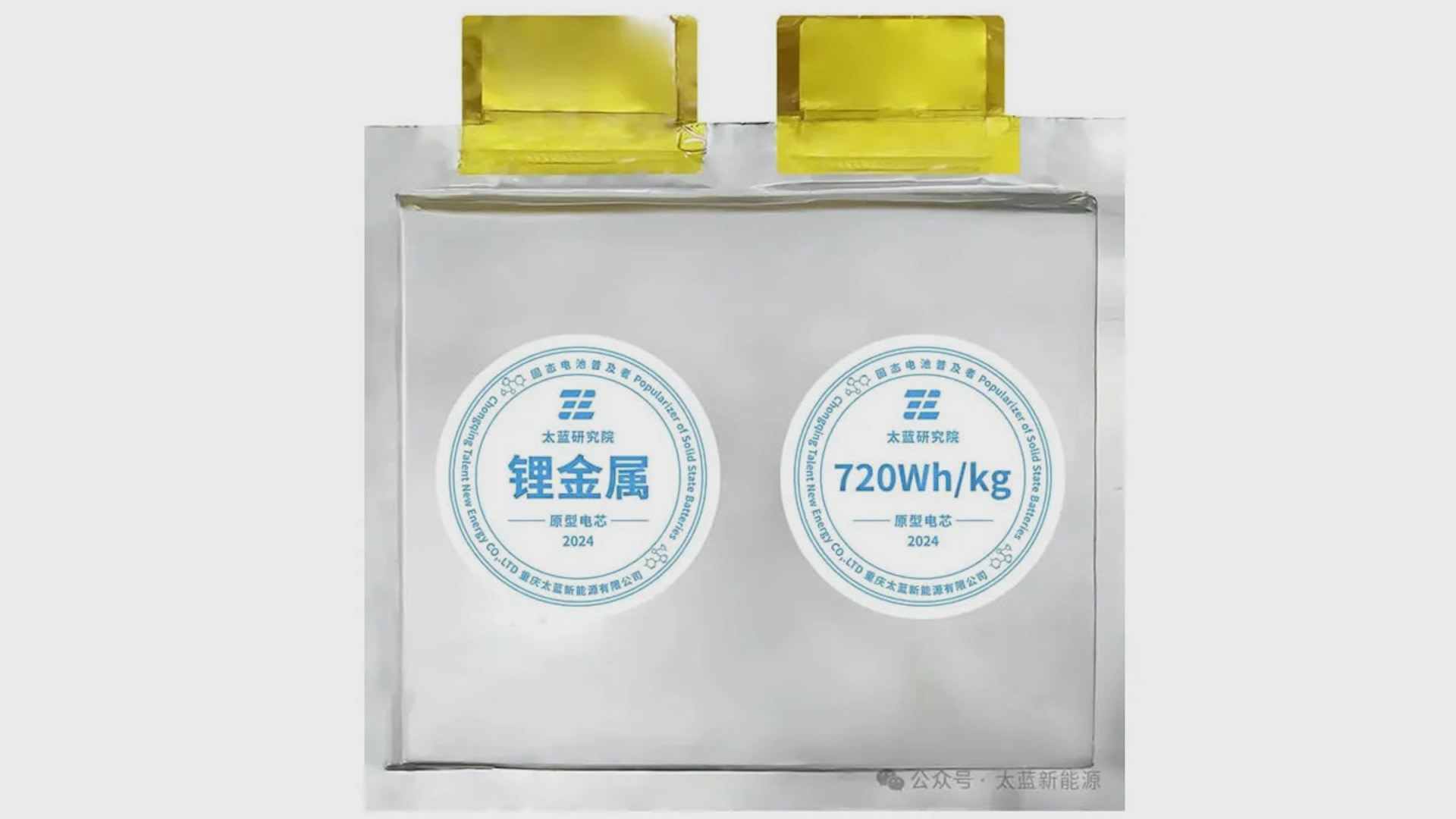Every day a new revolutionary battery. Where in reality
Over the past 30 years, battery costs have fallen by a dramatic 99 percent; meanwhile, the density of top-tier cells has risen fivefold
We’ve gone from the most reliable battery being an alkaline through 3 different rechargeable technologies as well. Too bad that research never pans out…
Too bad that research never pans out…
Better performance in driving electronics and huge money saving are the two major reasons to buy NiMH (Nickel metal Hydride) rechargeable batteries. They can be charged up to 500-1000 times and last longer than alkaline or NiCd batteries. NiMH batteries are ideally compatible with most consumer devices such as digital cameras, game boys, CD players, RC vehicles, PDA’s, portable two-way radios, flash units and many more high drain devices. One set of relatively inexpensive NiMH rechargeable batteries can save you from buying thousands if throwaway alkaline batteries.
That was sarcasm.
Ah, I’ve seen so many people insist - with full sincerity - that advances in battery technology aren’t happening.
i wonder if/how the EU and US would trust China not to remotely turn massive fleets of electric smart cars into suicide bonbers.
slapping a large fuel tank full of petroleum
Good thing we’re playing it safe.
This horseshit again? Physical product available for independent analysis, or it didn’t happen.
It’s not like the Chinese are famous for lying about the specs on things they manufacture or anything. Every week we hear about some Chinese company poised to “revolutionize” the EV with pie-in-the-sky range figures and yet the market continues to remain resolutely un-revolutionized.
And as usual, this article harps on “range” as if that’s not an easily fudged figure. The real numbers we need to see are watts per volume, or watts per mass. And number of charge cycles tolerated, and how many before it loses what percentage of capacity. Any idiot can claim to make a 1,300 mile, 2,000 mile, 5,000 mile, 1,000,000 mile battery pack – just make the pack bigger, or the vehicle lighter, or both. That tells us nothing meaningful whatsoever about the battery chemistry itself. Advertising us what hypothetical ranges someone thinks a pack made of these “could” build is meaningless. We could build a 1300 mile battery pack right now with LiFePo cells if we wanted to, via the simple expedient of filling a dump truck with the things.
The real numbers we need to see are watts per volume, or watts per mass
You have to chase it down, following the link to electrek.co, but then it says: “the prototype cells house an energy density of 720 Wh/kg”
(of course, I’m just stating what is claimed, no idea how true)
Battery density has been improving steadily for the last three decades.
Battery costs keep falling while quality rises. As volumes increased, battery costs plummeted and energy density — a key metric of a battery’s quality — rose steadily. Over the past 30 years, battery costs have fallen by a dramatic 99 percent; meanwhile, the density of top-tier cells has risen fivefold
…
With regards to anodes, a number of chemistry changes have the potential to improve energy density (watt-hour per kilogram, or Wh/kg). For example, silicon can be used to replace all or some of the graphite in the anode in order to make it lighter and thus increase the energy density. Silicon-doped graphite already entered the market a few years ago, and now around 30% of anodes contain silicon. Another option is innovative lithium metal anodes, which could yield even greater energy density when they become commercially available.
What’s more, the Chinese market is both the leading producer and consumer of battery technology. So its weird to reflexively doubt that a Chinese firm would release a new higher-efficiency battery design.
Given that this is a prototype, its entirely unclear if the model is cost-efficient to mass manufacture or efficiently scalable based on available resources. But I’m hard pressed to discount the claim on its face simply because its got “China” in the headline.
Racist see China did something good and have to go out of their way to shit on China.
Its not even like “China” invented a new battery tech. It’s some battery plant in China which is the place where most batteries are created that’s innovated on a design.
There are battery plants in Atlanta, Georgia and Heide, Germany who are pursuing similar advancements. They just don’t have the money or the manpower equal to their Chinese peers.




